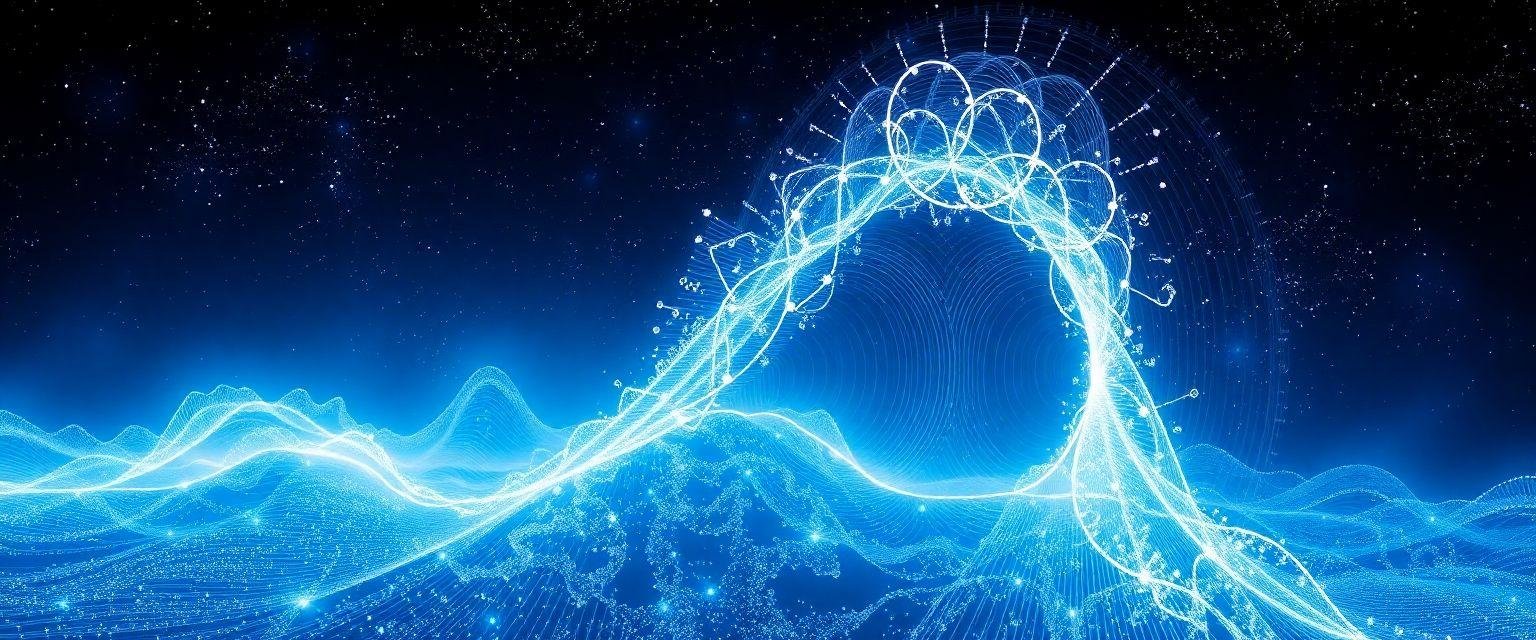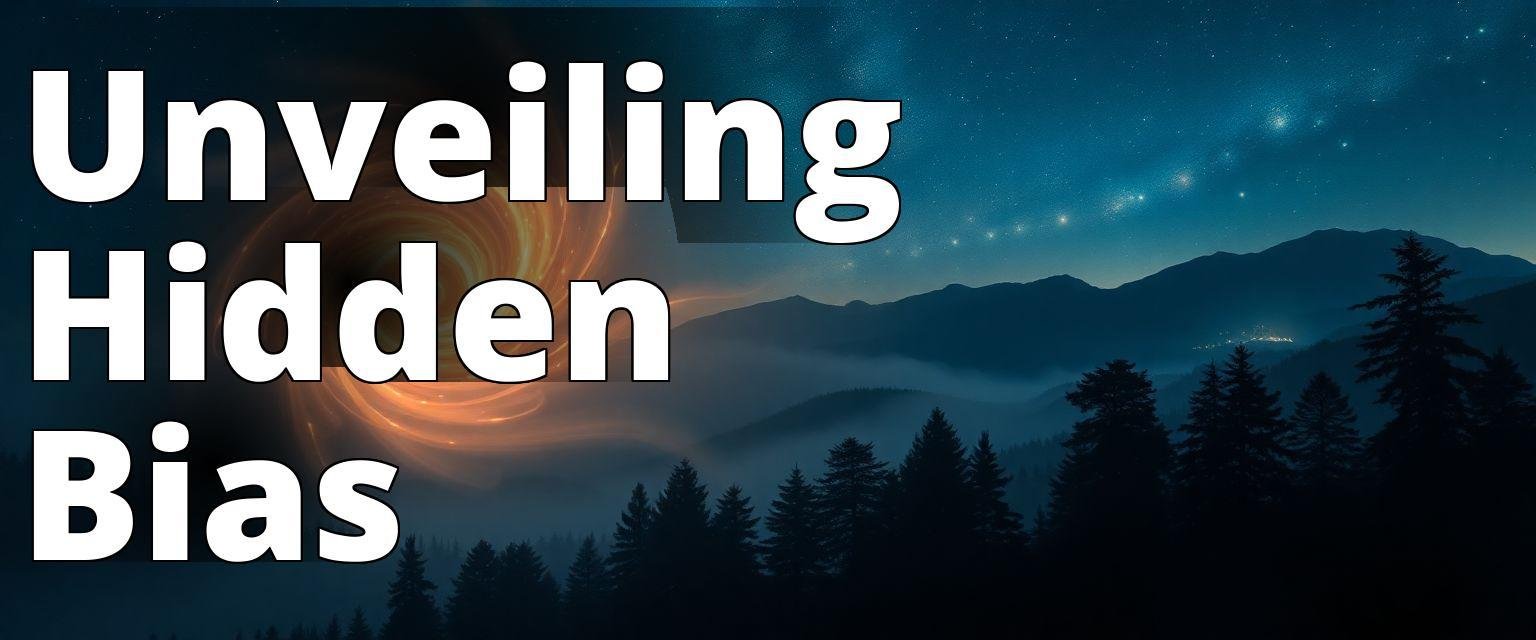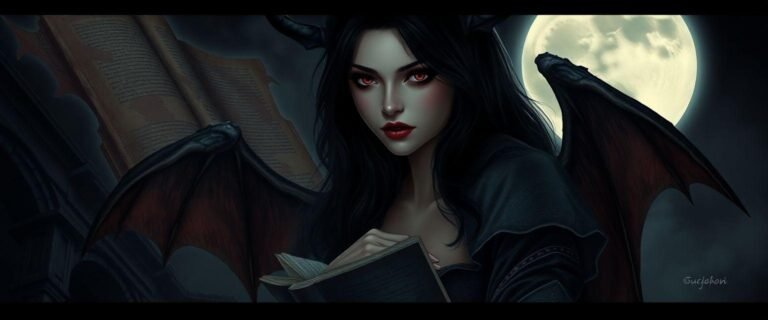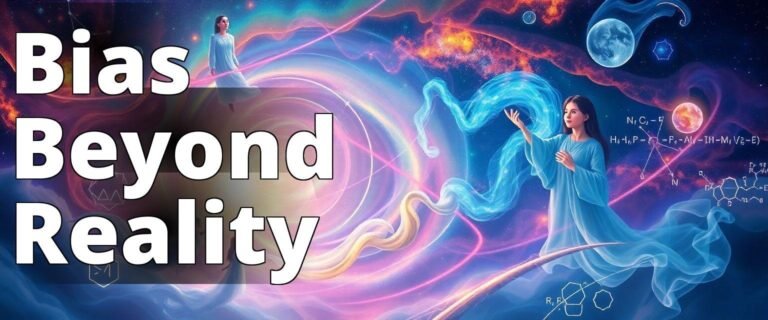The Physics of the Supernatural

Have you ever wondered about the scientific underpinnings of the supernatural? What if the ghost stories you’ve heard since childhood are not just tales but have a footing in physics? As science continues to explore the boundaries of the known universe, it challenges our understanding of reality, making us question where the line between fact and fiction truly lies.
The documentary “The Physics of the Supernatural” tackles this enigmatic intersection. It delves into the origins of the paranormal boom and the rise of ghost hunting as a lucrative business. Its fascinating to consider how deeply rooted biases affect our perception of these phenomena. From electromagnetic fields to quantum mechanics, the documentary suggests theres more than meets the eye, prompting us to reconsider our preconceptions.
Understanding Our Biases
Explore the intriguing connections between physics and our biases, enhancing your understanding of the supernatural.
– Recognize that cognitive biases affect how we perceive supernatural phenomena, often distorting our interpretations.
– Learn that understanding these biases can lead to clearer insights in both scientific and supernatural contexts.
– Discover how physics principles can illuminate the ways we rationalize experiences deemed supernatural.
The Paranormal Boom

The rise of ghost hunting shows, paranormal investigations, and an increase in reported supernatural encounters might seem like a modern phenomenon. However, this interest has historical roots that stretch back centuries. The Victorian era, for example, saw a surge in séances and spiritualism, a trend echoed in todays fascination with ghostly pursuits. This begs the question: why are we so captivated by the supernatural?
The answer may lie in our inherent biases and the human tendency to seek patterns, especially in times of uncertainty. The paranormal offers a narrative that satisfies our need for explanation when science falls short. According to a study by the American Psychological Association, pattern recognition is a survival mechanism that can lead to the perception of supernatural events when, in reality, they might be coincidental or misinterpreted natural occurrences source.
Insider Tip: “Next time you experience an ‘unexplained’ event, take a step back and consider environmental factorslighting, temperature, and even your mood can influence perception.”
Electromagnetic Fields and Ghosts

Could invisible electromagnetic fields be the reason people experience ghostly phenomena? Many ghost hunters use EMF detectors, believing that fluctuations in these fields indicate a spiritual presence. However, there’s a scientific explanation that might debunk these paranormal claims.
Electromagnetic fields are everywhere. They are generated by electronic devices, power lines, and even the earth itself. High levels of EMF exposure have been associated with feelings of unease, paranoia, and hallucinations. A study conducted by the World Health Organization found that heightened EMF exposure can impact mental health, leading to symptoms often reported in haunted locations source.
Could this mean that what we perceive as ghostly apparitions are merely our brains misinterpreting these electromagnetic signals? It’s a compelling theory, one that asks us to reconsider the supernatural as a product of our environment rather than the beyond.
Quantum Mechanics: The Ghostly Explanation?

Quantum mechanics, the science of the very small, might hold some answers to the mysteries of the supernatural. The principles of quantum mechanics suggest that particles can exist in multiple states at once, a phenomenon known as superposition. Could this concept extend to the macro world, explaining ghost sightings?
Consider Schrödinger’s cat, the thought experiment where a cat in a box is simultaneously alive and dead until observed. This paradox challenges our perception of reality and could provide a framework for understanding how ghosts might exist in a state that defies our typical understanding of physics.
Renowned physicist Dr. Michio Kaku has speculated on the possibility of parallel worlds, suggesting that what we perceive as ghosts could be glimpses into these alternate realities source. This tantalizing prospect invites us to question whether the supernatural is simply a misalignment of our universe with another.
Sound Waves and Sensory Deception

Sound is another critical element in the experience of the supernatural. Infrasound, or sound waves that are below the threshold of human hearing, can create sensations of discomfort and fear. These waves, often produced by natural phenomena like earthquakes or even wind, can resonate with the human body, causing anxiety and the feeling of being watched.
A study conducted by NASA found that infrasound can influence human emotions and even cause visual hallucinations, which might explain some supernatural experiences reported in haunted locations source. Understanding the role of sound in these experiences is crucial, as it highlights our susceptibility to environmental factors.
Insider Tip: “Next time you’re spooked by a ghostly noise, consider the acoustic properties of your surroundings. Sound waves can play tricks on the mind.”
Cultural Bias and the Supernatural

Cultural context shapes our understanding of the supernatural. The spirits and entities we fear or revere often reflect our societal values and fears. For instance, ghost stories in Japan often feature yūrei, spirits tied to a specific location due to unresolved issues, while Western ghosts might be more general hauntings.
This cultural bias can influence not only what we believe but how we perceive supernatural events. A study published by Harvard University explores how cultural narratives shape our interpretation of ambiguous stimuli, often leading to vastly different accounts of the same phenomena source.
Understanding these biases is essential as they can perpetuate myths and misconceptions. It’s a reminder that our beliefs are products of our environment and upbringing, not objective truths.
Technological Advances and Ghost Hunting

Modern technology has revolutionized ghost hunting, but it has also introduced new biases and challenges. Devices like spirit boxes, thermal cameras, and digital recorders are now staples of paranormal investigations, yet their readings are often open to interpretation. This reliance on technology can create confirmation bias, where investigators see what they expect to see.
A critical analysis by the Skeptical Inquirer highlights how technological artifacts can be misinterpreted as supernatural evidence due to a lack of scientific understanding source. This raises the question: are these tools genuinely capturing evidence of the supernatural, or are they just a modern way of interpreting old myths?
Insider Tip: “When using technology in ghost hunting, remain skeptical. Sometimes the simplest explanation is the correct one.”
Debunking the Myths: Science vs. Superstition
Debunking supernatural myths requires a critical approach. Many supposed hauntings have been explained by natural phenomena, such as drafts causing doors to slam or the settling of old buildings creating eerie noises. The scientific method demands skepticism and evidence, yet the allure of the supernatural often overrides reason.
The Committee for Skeptical Inquiry has debunked numerous paranormal claims, emphasizing the importance of replicable results and peer-reviewed research in validating supernatural phenomena source. This scientific rigor challenges us to question our biases and seek truth, even when it shatters our cherished beliefs.
Conclusion: Reframing the Supernatural

The intersection of science and the supernatural provides a fascinating lens through which we can examine our biases and beliefs. As the documentary “The Physics of the Supernatural” suggests, understanding the science behind these phenomena can demystify them, turning fear into curiosity. By exploring the physics of the supernatural, we are not only challenging our understanding of the world but also pushing the boundaries of science itself.
Ultimately, what we perceive as supernatural might be an amalgamation of environmental factors, cultural narratives, and technological interpretations. By questioning our biases and seeking evidence, we can unravel the thin white lie that often shrouds the truth in mystery. As we continue to explore the unknown, one must wonder: what other secrets does the universe hold, waiting for us to uncover?
For a deeper dive into this intriguing topic, visit Thin White Lies.
Questions & Answers
Why is it important to understand our biases in supernatural studies?
Understanding our biases helps us approach supernatural studies objectively.
What types of biases can affect our perceptions of the supernatural?
Cognitive biases, cultural beliefs, and personal experiences can all influence perceptions.
How can recognizing biases improve our understanding of supernatural phenomena?
Recognizing biases allows for a more balanced analysis of supernatural events.
Who benefits from understanding biases in the context of the supernatural?
Anyone studying the supernatural, including researchers and enthusiasts, benefits.
Can understanding biases change my beliefs about the supernatural?
Yes, it can lead to more informed and nuanced beliefs about supernatural occurrences.
Why should I trust this approach to understanding supernatural biases?
This approach is grounded in empirical research and promotes critical thinking.







